DR Congo: Green energy powers guesthouse for humanitarians responding to hunger crisis
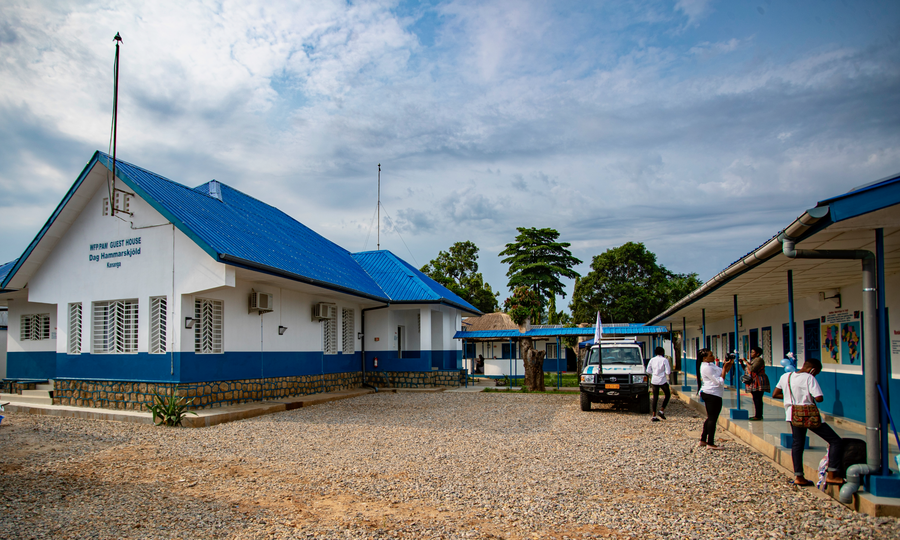
Early morning sunlight sparkles on the 136 solar panels marching across the roof of Kananga’s newest building, as horns honk in the traffic below where a man pushes a wheelbarrow down the dusty street below.
The World Food Programme (WFP) humanitarian guesthouse, in the Democratic Republic of Congo, is a feat of green engineering that may serve as a blueprint for similar initiatives elsewhere.
Largely funded by Sweden, the project launched in October.
Now, as the country’s south-central Kasai region slowly emerges from the especially brutal conflict of 2016-17, when 1.4 million people were displaced leaving fields fallow and hunger rife, the guesthouse also embodies bigger hopes.
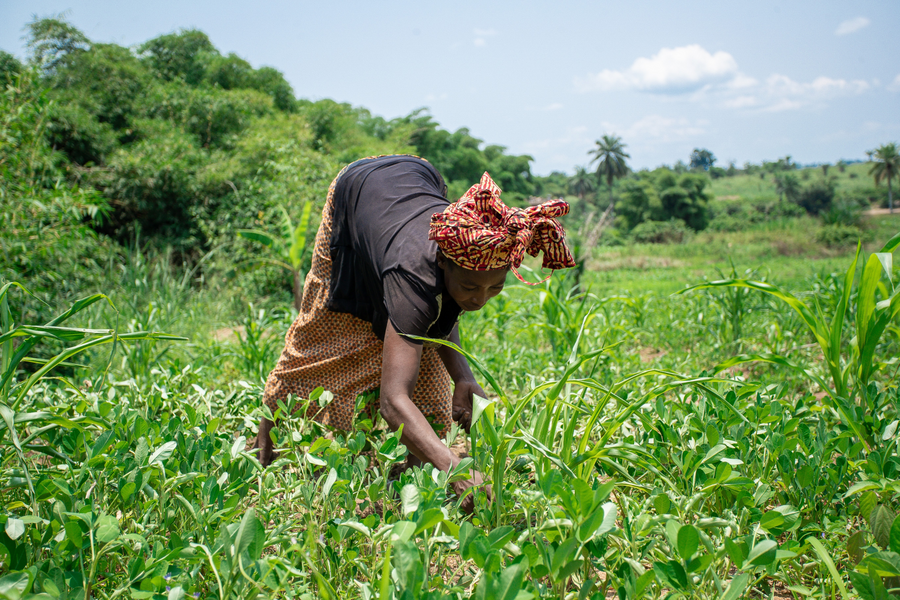
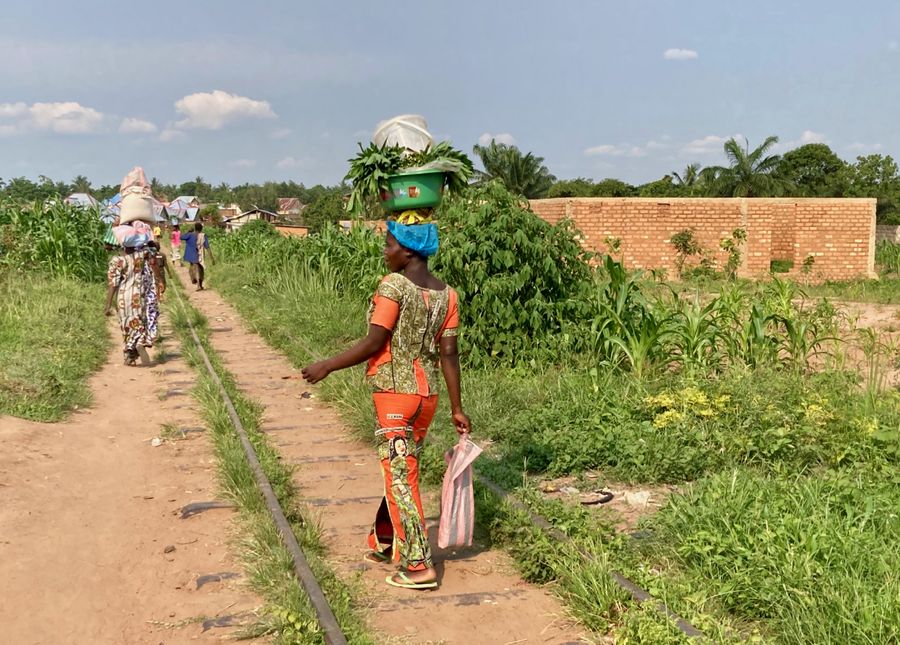
Namely, that WFP and its partners can shift from short-term crisis response to supporting the Government in creating a vibrant and prosperous region.
Indeed, in a sign of the fragile stability taking hold, the UN’s MONUSCO peacekeepers left the area in June.
Conflict aside, climate shocks, an increase of crop-destroying pests, the fallout of several Ebola outbreaks and the economic impact of COVID-19 have all contributed to shrinking food production and deepening hunger and poverty in DRC recent years. It is home to the highest number of internally displaced people in Africa – 5.5 million people – along with half-a-million refugees from neighbouring countries.
“The work we have done to date here has helped to save lives,” says WFP DRC Representative and Country Director Peter Musoko, who attended the guesthouse inauguration with local dignitaries and Sweden’s Ambassador to DRC, Henric Rasbrant.
“Now, we need to shift the dial from life-saving work to life-changing work,” Musoko adds. “This building represents how we’re going to move forward – by working together.”
DRC: How soap-making is bursting the bubble for conflict
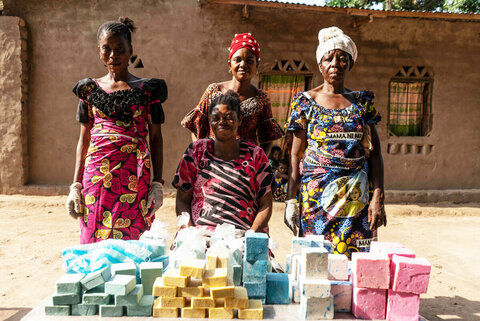
Welcoming humanitarians from various agencies, the guesthouse is located on land donated by the local government. Its construction and maintenance have generated jobs and boosted the local economy.
Gleaming solar panels atop the blue-and-white building offer another important asset – renewable energy in a region plagued by rolling blackouts.
Designed and installed in partnership with a company based in DRC’s eastern city of Goma, the solar power system offers the twin benefits of investing locally and avoiding the expensive carbon footprint of flying in foreign expertise. The 90 kilovolt-ampere (kVA) system not only powers the 12-room guesthouse, equipped with a kitchen, showers and a small gym, but also provides 24-hour battery backup.
“It’s the first time we’ve done this kind of project on such a scale in DRC,” says Callan Murray Hocking, WFP's head of engineering in the country. “It’s a good example of what can be achieved working together with the private sector in the fight against climate change.”
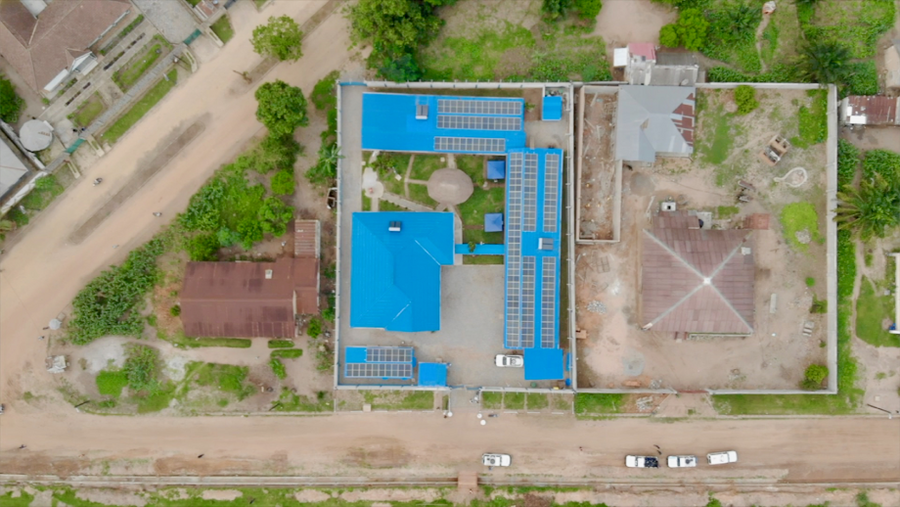
“WFP’s solar system in Kananga is probably one of the best I’ve seen in the world,” says Martin Sjoholm, from the Swedish Civil Contingencies Agency, MSB, which managed the overall guesthouse construction. “If we can copy-paste this solution to fit any construction project, it could become a standard.”
Finding sustainable hunger solutions for the three-province Kasai region may prove more challenging, however.
WFP’s longer-range plans include working with partners and the government to sharply expand its school feeding programme, an effective tool in fighting child hunger and boosting school attendance. Another WFP priority is partnering with FAO (the UN Food and Agricultural Organization) and others to roll out resilience-building projects targeting smallholder farmers and rural communities.
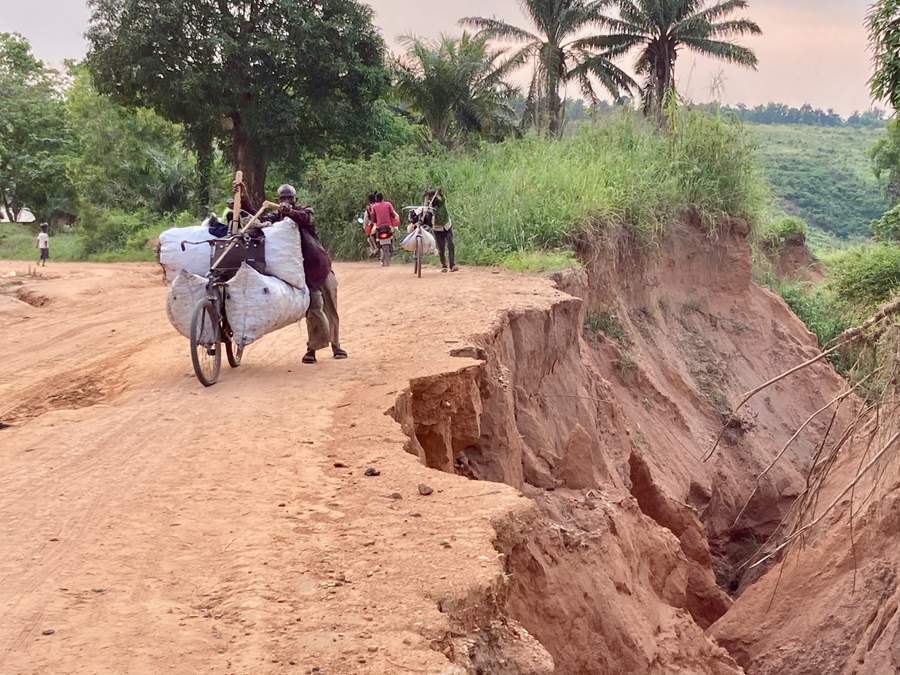
Such initiatives aim to help turn around alarming hunger statistics in the Kasais – even for DRC, considered the world’s largest hunger crisis, with 27 million severely food-insecure people, including 6.1 million one step away from famine at IPC4, or emergency on the Integrated Food Phase classification.
More than half the Kasai population faces crisis or above hunger levels. In Kasai-Central province alone, around half of all children under-5 suffer stunting as a result of malnutrition.
Beating hunger
At a health centre a short drive from the new guesthouse, Solange Malu cradles her baby, Jean, as she watches a nurse wrap a malnutrition measuring band around his stick-thin upper arm. He is only 8-months-old, but severe malnutrition makes him look half that age.
“I didn’t know he was sick until the health worker told me,” she says.
The wife of an unsuccessful artisanal diamond miner from neighbouring Kasai province, Malu only recently arrived in Kananga, after falling ill herself. She is staying with family and getting nutritional treatment at this WFP-backed clinic, run by Carmelite missionaries.
“I had no way of paying for health fees at home”, she says, “so I came here.”
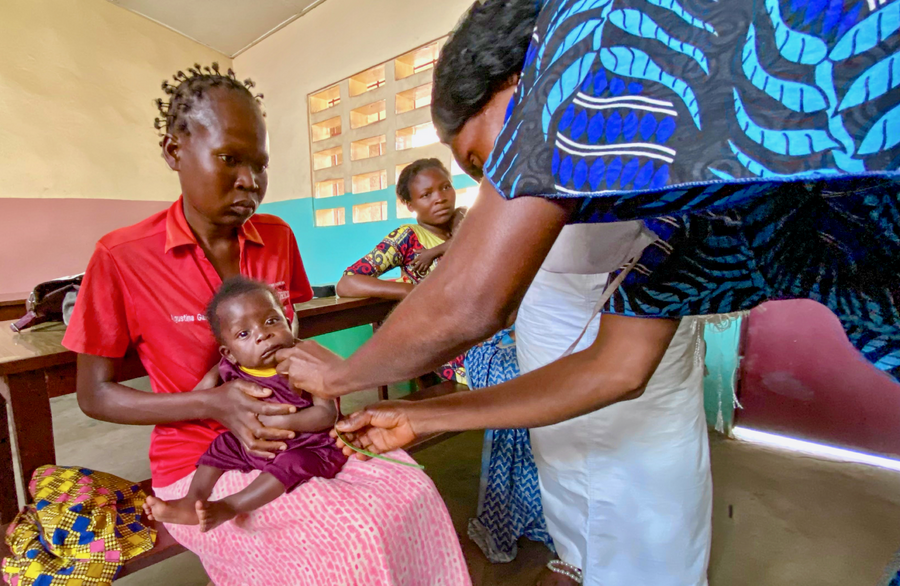
“Malnutrition in this area is not just because of poverty,” says Jules Mukengela, a WFP nutrition officer covering the Kasai-Central region. He lists a raft of other reasons, including early marriages that leave young mothers unequipped to properly care for their infants. “It’s also because of lack of knowledge about what a healthy diet consists of.”
Also key to changing diets is boosting agriculture, which remains the region’s top source of food and income. It took a hit with the conflict. Meanwhile, DRC’s crumbling road and rail networks have limited exports and growth and hiked up prices of imported food.
“I need to grow more to feed my family,” says Joseph Kalonzo, a farmer and father of six, who grows pistachios, peanuts and maize up a windy, cratered road outside Kananga. “We have peace, but we need more support to work better.”
Kalonzo’s concerns suggest the Kananga guesthouse will be in demand for the foreseeable future. But WFP’s Musoko is waiting for the day when it won’t.
He says: “If we can get this right, in a few years, Kasais’ population will no longer need WFP’s support to move ahead.” And that’s an outcome worth striving for.
WFP plans to reach 8.7 million people in DRC this year with food, nutrition and cash-based assistance - nearly 2 million more than last year—despite an extremely tough operating environment. The organization needs US$99 million through April 2022 to reach all those in DRC who most need our support.
Learn more about WFP's work in the Democratic Republic of Congo
